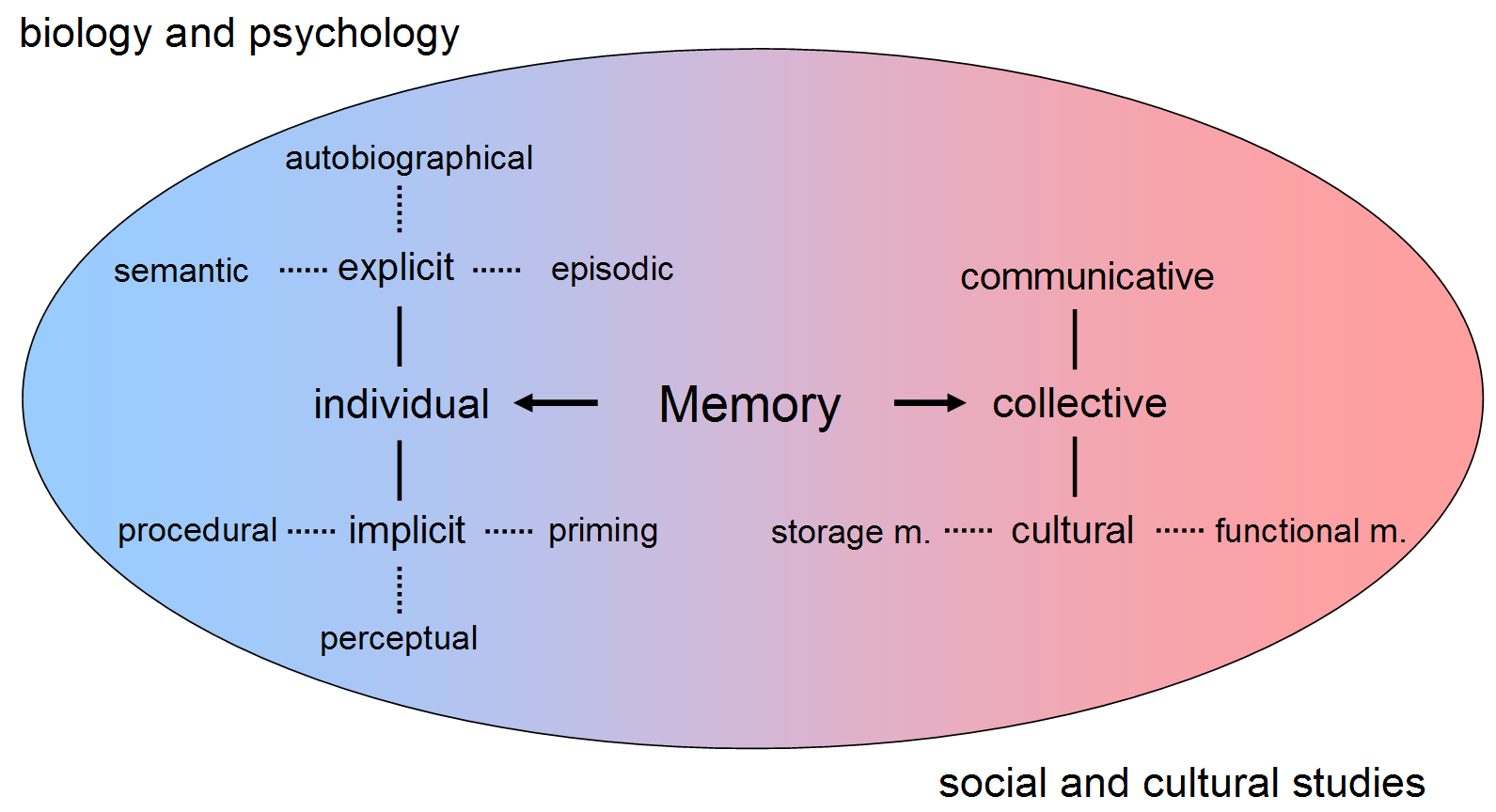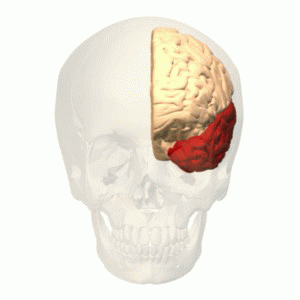|
Amusia
Amusia is a musical disorder that appears mainly as a defect in processing pitch but also encompasses musical memory and recognition. Two main classifications of amusia exist: acquired amusia, which occurs as a result of brain damage, and congenital amusia, which results from a music-processing anomaly present since birth. Studies have shown that congenital amusia is a deficit in fine-grained pitch discrimination. Early estimates suggested that 4% of the population has this disorder. More recent direct counts based on a sample of 20,000 people indicate a true rate closer to 1.5%. Acquired amusia may take several forms. Patients with brain damage may experience the loss of ability to produce musical sounds while sparing speech, much like aphasics lose speech selectively but can sometimes still sing. Other forms of amusia may affect specific sub-processes of music processing. Current research has demonstrated dissociations between rhythm, melody, and emotional processing of ... [...More Info...] [...Related Items...] OR: [Wikipedia] [Google] [Baidu] |
Music-specific Disorders
Neuroscientists have learned much about the role of the brain in numerous cognitive mechanisms by understanding corresponding disorders. Similarly, neuroscientists have come to learn much about music cognition by studying music-specific disorders. Even though music is most often viewed from a "historical perspective rather than a biological one"Zatorre, R., & McGill, J. (2005). Music, the food of neuroscience rticle Nature, 434(7031), 312-315 music has significantly gained the attention of neuroscientists all around the world. For many centuries music has been strongly associated with art and culture. The reason for this increased interest in music is because it "provides a tool to study numerous aspects of neuroscience, from motor skill learning to emotion". Overview An important technique that is used by neuroscientists in understanding the cognition of music involves understanding musical disorders. This article describes some of the disorders that have been identified by n ... [...More Info...] [...Related Items...] OR: [Wikipedia] [Google] [Baidu] |
Intonation (linguistics)
In linguistics, intonation is the variation in Pitch (music), pitch used to indicate the speaker's attitudes and emotions, to highlight or focus (linguistics), focus an expression, to signal the illocutionary act performed by a sentence, or to regulate the flow of discourse. For example, the English language, English question "Does Maria speak Spanish or French?" is interpreted as a yes-or-no question when it is uttered with a single rising intonation contour, but is interpreted as an alternative question when uttered with a rising contour on "Spanish" and a falling contour on "French". Although intonation is primarily a matter of pitch variation, its effects almost always work hand-in-hand with other Prosody (linguistics), prosodic features. Intonation is distinct from Tone (linguistics), tone, the phenomenon where pitch is used to distinguish words (as in Mandarin Chinese, Mandarin) or to mark grammatical features (as in Kinyarwanda). Transcription Most transcription convention ... [...More Info...] [...Related Items...] OR: [Wikipedia] [Google] [Baidu] |
Musical Memory
Musical memory refers to the ability to remember music-related information, such as melodic content and other progressions of tones or pitches. The differences found between linguistic memory and musical memory have led researchers to theorize that musical memory is encoded differently from language and may constitute an independent part of the phonological loop. The use of this term is problematic, however, since it implies input from a verbal system, whereas music is in principle nonverbal.PDF Document/ref> Neurological bases Consistent with hemispheric lateralization, there is evidence to suggest that the left and right hemispheres of the brain are responsible for different components of musical memory. By studying the learning curves of patients who have had damage to either their left or right medial temporal lobes, Wilson & Saling (2008) found hemispheric differences in the contributions of the left and right medial temporal lobes in melodic memory. Ayotte, Peretz, Rousseau, ... [...More Info...] [...Related Items...] OR: [Wikipedia] [Google] [Baidu] |
Memory
Memory is the faculty of the mind by which data or information is encoded, stored, and retrieved when needed. It is the retention of information over time for the purpose of influencing future action. If past events could not be remembered, it would be impossible for language, relationships, or personal identity to develop. Memory loss is usually described as forgetfulness or amnesia. Memory is often understood as an informational processing system with explicit and implicit functioning that is made up of a sensory processor, short-term (or working) memory, and long-term memory. This can be related to the neuron. The sensory processor allows information from the outside world to be sensed in the form of chemical and physical stimuli and attended to various levels of focus and intent. Working memory serves as an encoding and retrieval processor. Information in the form of stimuli is encoded in accordance with explicit or implicit functions by the working memory p ... [...More Info...] [...Related Items...] OR: [Wikipedia] [Google] [Baidu] |
Cerebral Cortex
The cerebral cortex, also known as the cerebral mantle, is the outer layer of neural tissue of the cerebrum of the brain in humans and other mammals. It is the largest site of Neuron, neural integration in the central nervous system, and plays a key role in attention, perception, awareness, thought, memory, language, and consciousness. The six-layered neocortex makes up approximately 90% of the Cortex (anatomy), cortex, with the allocortex making up the remainder. The cortex is divided into left and right parts by the longitudinal fissure, which separates the two cerebral hemispheres that are joined beneath the cortex by the corpus callosum and other commissural fibers. In most mammals, apart from small mammals that have small brains, the cerebral cortex is folded, providing a greater surface area in the confined volume of the neurocranium, cranium. Apart from minimising brain and cranial volume, gyrification, cortical folding is crucial for the Neural circuit, brain circuitry ... [...More Info...] [...Related Items...] OR: [Wikipedia] [Google] [Baidu] |
Epilepsy
Epilepsy is a group of Non-communicable disease, non-communicable Neurological disorder, neurological disorders characterized by a tendency for recurrent, unprovoked Seizure, seizures. A seizure is a sudden burst of abnormal electrical activity in the brain that can cause a variety of symptoms, ranging from brief lapses of awareness or muscle jerks to prolonged convulsions. These episodes can result in physical injuries, either directly, such as broken bones, or through causing accidents. The diagnosis of epilepsy typically requires at least two unprovoked seizures occurring more than 24 hours apart. In some cases, however, it may be diagnosed after a single unprovoked seizure if clinical evidence suggests a high risk of recurrence. Isolated seizures that occur without recurrence risk or are provoked by identifiable causes are not considered indicative of epilepsy. The underlying cause is often unknown, but epilepsy can result from brain injury, stroke, infections, Brain tumor, ... [...More Info...] [...Related Items...] OR: [Wikipedia] [Google] [Baidu] |
Human Brain
The human brain is the central organ (anatomy), organ of the nervous system, and with the spinal cord, comprises the central nervous system. It consists of the cerebrum, the brainstem and the cerebellum. The brain controls most of the activities of the human body, body, processing, integrating, and coordinating the information it receives from the sensory nervous system. The brain integrates sensory information and coordinates instructions sent to the rest of the body. The cerebrum, the largest part of the human brain, consists of two cerebral hemispheres. Each hemisphere has an inner core composed of white matter, and an outer surface – the cerebral cortex – composed of grey matter. The cortex has an outer layer, the neocortex, and an inner allocortex. The neocortex is made up of six Cerebral cortex#Layers of neocortex, neuronal layers, while the allocortex has three or four. Each hemisphere is divided into four lobes of the brain, lobes – the frontal lobe, frontal, pa ... [...More Info...] [...Related Items...] OR: [Wikipedia] [Google] [Baidu] |
Temporal Lobe
The temporal lobe is one of the four major lobes of the cerebral cortex in the brain of mammals. The temporal lobe is located beneath the lateral fissure on both cerebral hemispheres of the mammalian brain. The temporal lobe is involved in processing sensory input into derived meanings for the appropriate retention of visual memory, language comprehension, and emotion association. ''Temporal'' refers to the head's temples. Structure The temporal lobe consists of structures that are vital for declarative or long-term memory. Declarative (denotative) or explicit memory is conscious memory divided into semantic memory (facts) and episodic memory (events). The medial temporal lobe structures are critical for long-term memory, and include the hippocampal formation, perirhinal cortex, parahippocampal, and entorhinal neocortical regions. The hippocampus is critical for memory formation, and the surrounding medial temporal cortex is currently theorized to be critical f ... [...More Info...] [...Related Items...] OR: [Wikipedia] [Google] [Baidu] |
Neurology
Neurology (from , "string, nerve" and the suffix wikt:-logia, -logia, "study of") is the branch of specialty (medicine) , medicine dealing with the diagnosis and treatment of all categories of conditions and disease involving the nervous system, which comprises the Human brain, brain, the spinal cord and the peripheral nervous system , peripheral nerves. Neurological practice relies heavily on the field of neuroscience, the scientific study of the nervous system, using various techniques of neurotherapy. IEEE Brain (2019). "Neurotherapy: Treating Disorders by Retraining the Brain". ''The Future Neural Therapeutics White Paper''. Retrieved 23.01.2025 from: https://brain.ieee.org/topics/neurotherapy-treating-disorders-by-retraining-the-brain/#:~:text=Neurotherapy%20trains%20a%20patient's%20brain,wave%20activity%20through%20positive%20reinforcement International Neuromodulation Society, Retrieved 23 January 2025 from: https://www.neuromodulation.com/ Val Danilov I (2023). "The O ... [...More Info...] [...Related Items...] OR: [Wikipedia] [Google] [Baidu] |
Learning
Learning is the process of acquiring new understanding, knowledge, behaviors, skills, value (personal and cultural), values, Attitude (psychology), attitudes, and preferences. The ability to learn is possessed by humans, non-human animals, and some machine learning, machines; there is also evidence for some kind of learning in certain plants. Some learning is immediate, induced by a single event (e.g. being burned by a Heat, hot stove), but much skill and knowledge accumulate from repeated experiences. The changes induced by learning often last a lifetime, and it is hard to distinguish learned material that seems to be "lost" from that which cannot be retrieved. Human learning starts at birth (it might even start before) and continues until death as a consequence of ongoing interactions between people and their environment. The nature and processes involved in learning are studied in many established fields (including educational psychology, neuropsychology, experimental psycho ... [...More Info...] [...Related Items...] OR: [Wikipedia] [Google] [Baidu] |
Dyslexia
Dyslexia (), previously known as word blindness, is a learning disability that affects either reading or writing. Different people are affected to different degrees. Problems may include difficulties in spelling words, reading quickly, writing words, "sounding out" words in the head, pronouncing words when reading aloud and understanding what one reads. Often these difficulties are first noticed at school. The difficulties are involuntary, and people with this disorder have a normal desire to learn. People with dyslexia have higher rates of attention deficit hyperactivity disorder (ADHD), developmental language disorders, and difficulties with numbers. Dyslexia is believed to be caused by the interaction of genetic and environmental factors. Some cases run in families. Dyslexia that develops due to a traumatic brain injury, stroke, or dementia is sometimes called "acquired dyslexia" or alexia. The underlying mechanisms of dyslexia result from differences within the ... [...More Info...] [...Related Items...] OR: [Wikipedia] [Google] [Baidu] |
Pitch Contour
__NOTOC__ In linguistics, speech synthesis, and music, the pitch contour of a sound is a function or curve that tracks the perceived pitch of the sound over time. Pitch contour may include multiple sounds utilizing many pitches, and can relate the frequency function at one point in time to the frequency function at a later point. It is fundamental to the linguistic concept of tone, where the pitch or change in pitch of a speech unit over time affects the semantic meaning of a sound. It also indicates intonation in pitch accent languages. One of the primary challenges in speech synthesis technology, particularly for non-tonal languages, is to create a natural-sounding pitch contour for the utterance as a whole. Unnatural pitch contours result in synthesis that sounds "lifeless" or "emotionless" to human listeners, a feature that has become a stereotype of speech synthesis in popular culture. In music, the pitch contour focuses on the relative change in pitch over time of a pri ... [...More Info...] [...Related Items...] OR: [Wikipedia] [Google] [Baidu] |







